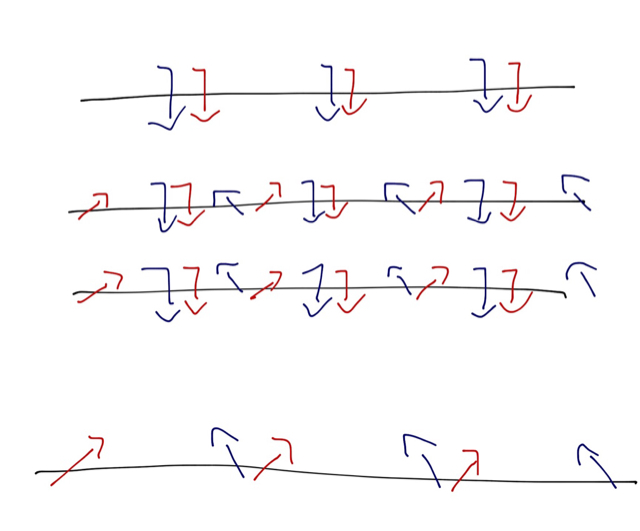HiMyNameIs
Member
Alright- I'm in the midst of trying to overhaul a local high school's technical theatre side of things. Basically, I'm trying to give them a better jumping off point, so they can focus on everything else when they get into production mode. However, I come with fairly limited knowledge... Which is where you guys come in. 
So right now I'm trying to come up with a rep light plot that will serve their needs for almost anything (plays, recitals, talent shows, award ceremonies)... What they' ex got now "works" but could be better. They' eh currently got 12 Pars and 24 ERSs (of varying degree length). I know that math wise, that means 4 lights per area. Here's my (very awfully sketched) idea of what to do... I would LOVE feedback so I'm not going in to blind.

Basically, there are 3 electrics and a catwalk. I can't tell you the dimensions of the stage... Theoretically my downright would consist of all the pars and 6 ERSs- even though that's slightly stupid. I'm just not sure how else to accomplish getting cool and warm for downlighting and 45 degree fronts (which is, from my understanding, the best way to get versatility in a rep). Will this work? Do you have a better idea?
Thank you!
Sent from my iPad using Tapatalk
So right now I'm trying to come up with a rep light plot that will serve their needs for almost anything (plays, recitals, talent shows, award ceremonies)... What they' ex got now "works" but could be better. They' eh currently got 12 Pars and 24 ERSs (of varying degree length). I know that math wise, that means 4 lights per area. Here's my (very awfully sketched) idea of what to do... I would LOVE feedback so I'm not going in to blind.

Basically, there are 3 electrics and a catwalk. I can't tell you the dimensions of the stage... Theoretically my downright would consist of all the pars and 6 ERSs- even though that's slightly stupid. I'm just not sure how else to accomplish getting cool and warm for downlighting and 45 degree fronts (which is, from my understanding, the best way to get versatility in a rep). Will this work? Do you have a better idea?
Thank you!
Sent from my iPad using Tapatalk


